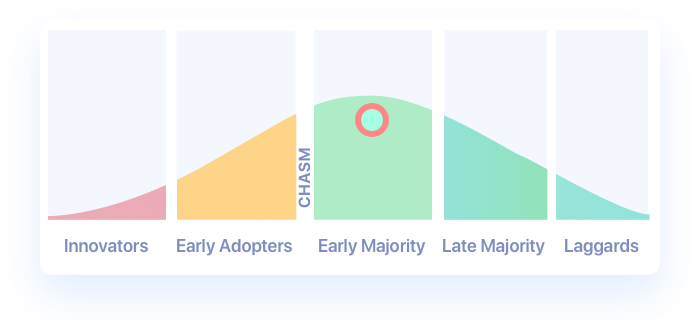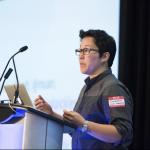Observability
In control theory, observability is a measure of how well internal states of a system can be inferred from knowledge of its external outputs.
Today, in software engineering, observability is a set of practices to understand what your systems are doing. There are three ways that are often referred too in observability. These are:
- logging
- metrics
- tracing
At QCon, several talks will discuss the practices of observability and running complex distributed systems. Below are a few to watch for.
Position on the Adoption Curve

Presentations about Observability

Microservices & Scaling of Rational Interactions

Observability and Emerging Infrastructures

How to Build Observable Distributed Systems

The Present and Future of Serverless Observability

How Events Are Reshaping Modern Systems

Monitoring Cloud Native applications with Prometheus

Attack Trees, Security Modeling for Agile Teams

Observable JS Apps

Testing Observability

Debugging Microservices Applications

Observability Panel

Observability Panel

Observability Panel

Observability Panel

Observability Panel

Developing a Monitoring Philosophy
Testing Microservices: Contracts, Simulation and Observability

Testing Microservices: Contracts, Simulation and Observability
Interviews
The Present and Future of Serverless Observability
What is the focus of your work today?
At the moment, I’m building the backend services for a real-time multiplayer game on mobile, including an inhouse networking stack that will be deployed globally and supports both TCP and reliable UDP. We’re still doing a lot of tuning, and would put an early alpha build in front of users for external validation on our networking stack as well as general gameplay and meta design, and to get a better idea on the game’s potential to be the next big hit.
What’s the motivation for this talk?
I have worked extensively with AWS Lambda the last 2 years, especially during my previous job as architect at a social networking startup called Yubl, where we learnt a lot about operating a serverless architecture in production and many of the operational challenges that need to be addressed, as the technology itself is still very much rough around the edges.
See more interviews


